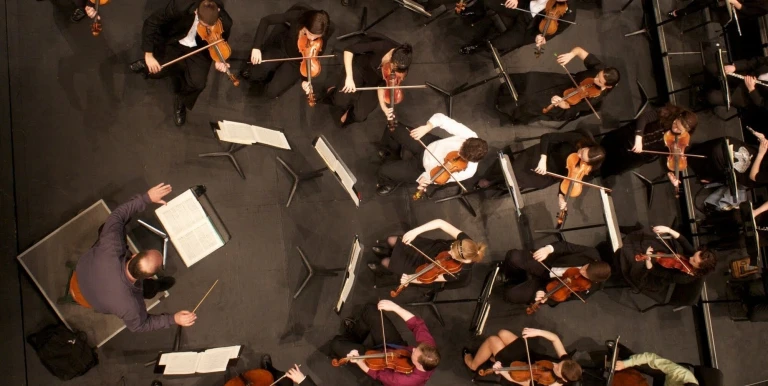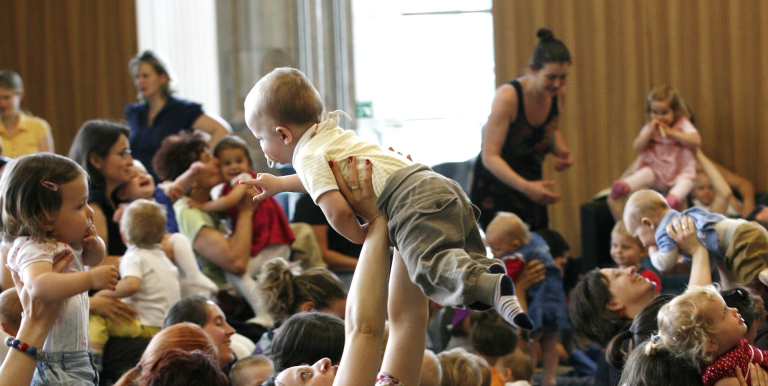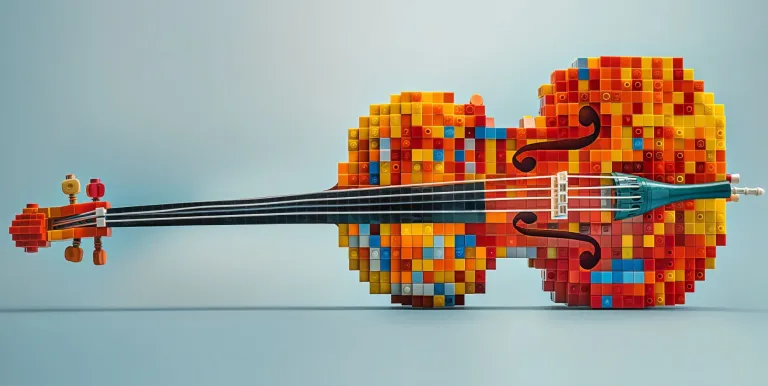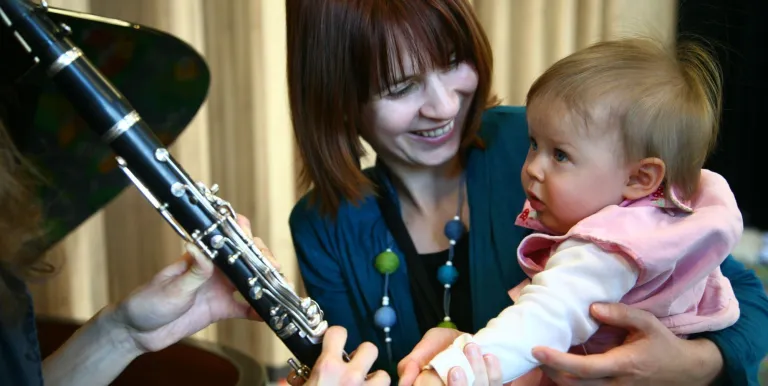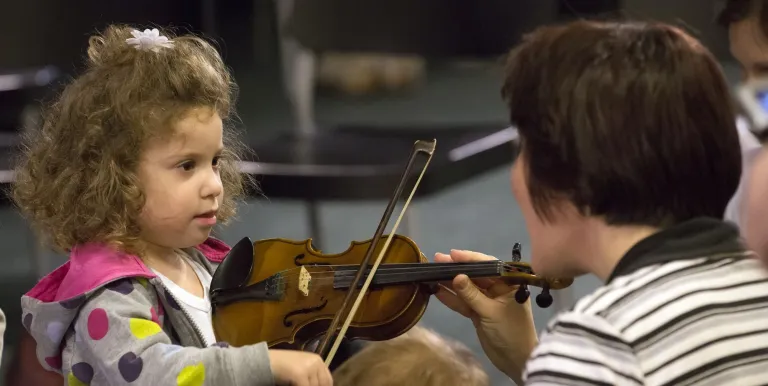Featuring:
Haydn
Symphony No. 102 in G major ('Drumroll'), Hob. I:94 - second and third movements
Stamitz
Clarinet Concerto No. 3 in B major - second and third movements
Rung
Danse des papillons
Fauré
Pavane, op. 50
Mozart
Symphony No. 29 in A major, K. 201 - first movement
Symphonia is a Greek word meaning 'echo', or 'concord', though in the last two-and-a-half centuries it has begun to take on a great deal more meaning. The development of multiple-movement symphonies according to the current definition began in the era of the Classical period, which has in parallel seen an increasingly large number of symphony orchestras become the celebrated guests of concert halls. This musical and oral encounter with instruments and their players is complemented by expert commentators.
To this day, Italians, Austrians, Germans and French people have somewhat exaggerated arguments about which nation 'discovered' the symphony genre. While we will not attempt to offer a definitive answer to that question, it cannot be denied that in the middle of the 18th century, the composer, conductor and violinist Johann Stamitz, who was of Czech origins but worked in Germanic-speaking lands, introduced some special innovations that displayed the genre in a new light. The musical sections of a classical symphonic orchestra were the strings, woodwind and brass. Increasingly large-scale orchestras, enhanced with - among others - various percussion instruments, saw the number of performers increase several times over. To coordinate the wide range of instruments, it was necessary to create a new position. A conductor was needed to not only direct the orchestra, but also instruct the musicians regarding the expectations of the particular works to be performed. After theory comes the practice: under the artistic direction of Krisztina Tötös, the Sinfonietta Erudita are experts in making the world of instruments accessible to younger children.
Age: 8-12 year
Presented by: Müpa Budapest
-
We wish to inform you that in the event that Müpa Budapest's underground garage and outdoor car park are operating at full capacity, it is advisable to plan for increased waiting times when you arrive. In order to avoid this, we recommend that you depart for our events in time, so that you you can find the ideal parking spot quickly and smoothly and arrive for our performance in comfort. The Müpa Budapest underground garage gates will be operated by an automatic number plate recognition system. Parking is free of charge for visitors with tickets to any of our paid performances on that given day. The detailed parking policy of Müpa Budapest is available here.

